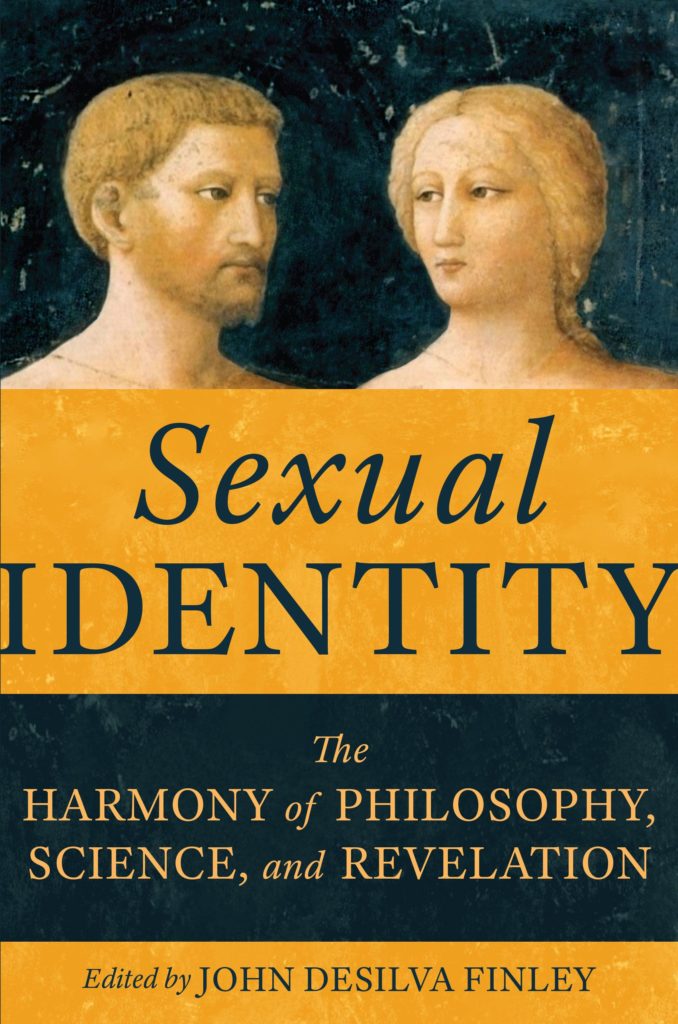
Self-identified transgender persons are a small but apparently growing population of persons who experience a severe dissonance between their sex (male or female) and their interior sense of themselves as men or women. It is a condition that is associated with a high rate of self-harming behavior, including alcohol abuse, drug abuse, sexual abuse, prostitution, and suicide. It is a condition that demands merciful care in every regard.
Care for transgender persons is presently being compromised by a distortion in our understanding of the human person. Whereas in times past the patient was seen as an intrinsic unity of body and spirit, today we are seeing large segments of the medical community tacitly accepting an understanding of the human person as a kind of spirit creature that may or may not be inhabiting the correct body. In all my seventeen years of training, and thirty-five years in medicine, I do not once remember a lecture, textbook passage, or peer-reviewed article that described humans this way.
In this idea of the human being, we see a contradictory mix of materialism and superstition. It is materialist because it proposes that man is nothing more than an evolved material thing that has a mind because the substance of the body is sufficiently complex. It is superstitious because it now suddenly proposes that the person is not linked to the substance of his or her body (chromosomes, genitals, etc.) but rather exists as a spiritual creature quite unconnected to physical nature. It is a view that utterly denies that the sexed nature of the human person is capable of producing new life precisely because humanity is binary and sexed. This worldview asks us to believe that “male” and “female,” “masculine” and “feminine” are merely social constructs that inhibit our freedom to use our sexual nature in any manner we may find personally fulfilling. It is a most peculiar and often bewildering view of human sexuality that I have simplified into the form of an axiom. According to this neo-Gnosticism, “adult sexuality” is an endlessly variable, personal expression of individuality, the purpose of which is to produce joy for that person. It sometimes involves other people and, with alarming frequency, is known to produce other people.
This is a very lonely view of the human person. The sexual faculty, which in the order of nature is emblematic of intimate, life-giving, and life-long love, has been replaced with a view of sexuality that is entirely self-referential (what I like, what excites me, what brings me joy) and utterly lifeless, separating itself from the generative aspect of the sexual embrace. It defines itself by whom it can use to satisfy itself. You can see this perverse view of sexuality in the teaching materials being distributed in schools, which are used to initiate children into this sense of themselves (see the “Gender Unicorn”26). This worldview is employing the sorrows of transgenderism in order to somehow teach us all that our embodied selves, male and female, are nothing more than an illusion that can be manipulated to our own satisfaction. This view of sexuality is willing to sterilize itself in order to satisfy a vague and mysterious interior life that is subject to change.
This transgender worldview does not stand on scientific truth. There is no scientific or clinical finding that can confirm the diagnosis or predict the outcome of care. Thousands of children are now being conscripted into a lifelong dependence on medical support, including hormonal treatments and repeated surgery. Their physical, psychological, and sexual development is being arrested with drugs, hormones, and pornographic exploration of “their true self.” They are being made sterile in the vain hope of saving them from suicide, when there is proof that these interventions do not change that variable. This is antithetical to all of the fundamental principles of the practice of medicine and surgery. We are headed for a medical scandal never before seen in human history. Whole medical institutions will be bankrupted by the legal consequences of this disaster.
This examination of the truth of transgender surgery will lead us to the most profound question. We know that the Truth is actually a person, the God-Man Jesus Christ, and thus it is to him that this conversation must ultimately lead.
At Caesarea Philippi, Jesus asked his disciples, “Who do you say that the Son of Man is?” (see Matt 16:15). They saw a man, but he wanted to know if they saw his divinity. He was asking them if they could accept the mystery of the Incarnation, that Jesus could be fully man and fully God. Were his human and divine natures separable from the body they saw before them, or was that inseparability the necessary condition for making his sacrifice on the cross efficacious? In the end, the question of transgenderism might be stated as “Who do you say that man is?” Is he merely a spirit creature that inhabits a body that isn’t really him, but is useful to him? If you believe that children can, in truth, look at themselves in a mirror and say, “That isn’t really me,” then those same children will look at Christ hanging on the cross and say, “That isn’t really God. God merely used that body. God never really became one of us.” In the final analysis, the transgender view of the human person is an attack on the revealed truth of the Incarnation, an attack that makes us unable to answer the most important question that we will ever hear, and the question is put to us by Christ himself: “Who do you say that I am?”
Deacon Patrick W. Lappert, MD, has been a physician and surgeon for almost forty years. He received board certification in General Surgery and later Plastic and Reconstructive Surgery. Deacon Lappert was born into a Jewish family but lived as an ardent atheist for most of his adult life. He had a conversion in his last year of training in reconstructive surgery. He was baptized and received into the Catholic Church at the Easter Vigil in 1995. He has been married to Patrice Ann for thirty-nine years. Together they have raised six children. Deacon Lappert was ordained to the permanent diaconate by Bishop About the Contributors Robert Baker of Birmingham in Alabama in 2013. He has lectured on the subject of transgender surgery since 2014.
You Might Also Like
Sexual Identity: The Harmony of Philosophy, Science, and Revelation assembles different voices into a coherent whole. Written by experts for non-specialists, it gives an interdisciplinary vision of the human sexual identity, male and female. It offers the wisdom we need to see through the deceptions that afflict our time.
